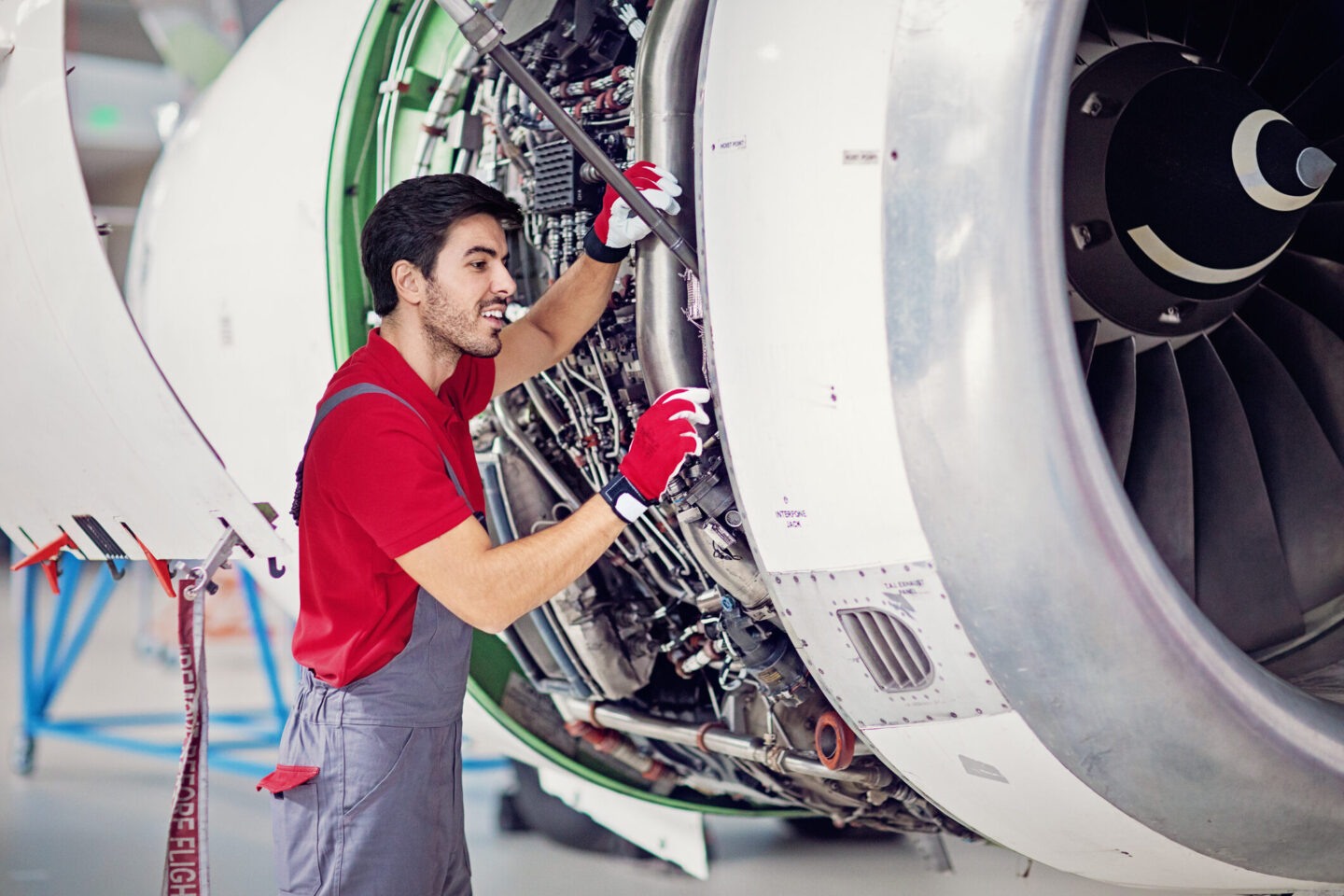How to organize logistics and warehousing when you are selling in India



"*" indicates required fields
India is one of the fastest growing consumer markets in the world. However, before you start exporting to India, it is wise to study one of the biggest challenges of selling in India: warehousing, logistics and distribution.

Storing air and sea freight in a Free Trade and Warehousing Zone (FTWZ)
India is comparable to Europe in terms of size, structure and diversity. Therefore, an efficient, fast and flexible distribution network is needed to make sales in India successful. Good warehouse management is essential for this. How the products are stored upon arrival, where the storage is located and who your logistics partners are, therefore has a great influence on the ease with which you do business in India.
As in every country, imported products in India are first stored in warehouses after being inspected by customs before they continue their way to the customer. To ensure that this is done according to international standards, international companies in India have had the opportunity to use the so-called Free Trade and Warehousing Zones (FTWZ) since 2005. In these zones, foreign entrepreneurs de facto store their products in India, but officially this is international territory.
Logistical advantages of FTWZ
FTWZ are independent and large trading hubs and offer international companies state-of-the-art storage facilities, container freight stations (CFS), rail connections and access to offices, banks and insurance companies on one site. Storing products in these special hubs has therefore proven to be very attractive for foreign companies in recent years.
India currently has three of these special trading centres at important logistical crossroads in the country. The largest of the three is located in Khurja, a stone’s throw from the capital New Delhi. The two other active hubs are located near Mumbai and in Sricity, close to the metropolis of Chennai. In 2019, the Indian government approved plans for 5 new FWTZs, which will further improve the distribution possibilities in the country in the coming years. The central location of the hubs facilitates the further distribution of the products throughout India, which can result in a significant price advantage.
Fast customs clearance
The logistical advantages are not the only reason to take a closer look at the possibilities offered by the FTWZs. These hubs offer international companies the option of importing their products without having to pay import duties immediately and the goods can be stored there for up to two years. After these two years, the products can be returned to the country of export free of charge or must be officially imported into India. Of course, import duties must then be paid.
In addition, the special trade zones offer a lot of services that normal storage facilities cannot provide. For example, there is continuous and therefore faster customs clearance, labelling, packaging or assembly can be done on site without having to pay a Goods and Services Tax. The costs for storing in a FTWZ are higher than at a normal warehouse in India and must be paid in foreign currency, but that is why these trade centres also offer much higher quality storage for every type of goods and excellent connections for further distribution due to their central location. The distribution time is reduced considerably in this way.
Special Economic Zones (SEZ)
Foreign companies that want to import to India are not the only companies for which special economic zones (SEZ) have been set up. Another example besides the FWTZ are the special, advantageous Export Processing Zones (EPZ). Companies that want to produce in India or export from India can go there. India has a total of 300 of these types of SEZs. In all these zones, international companies benefit from various tax advantages.









